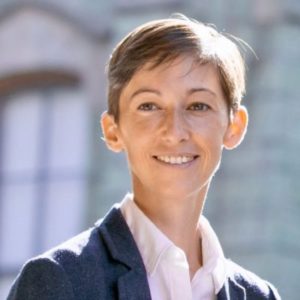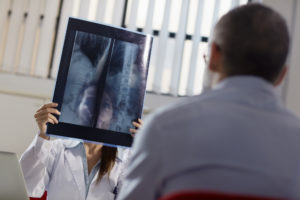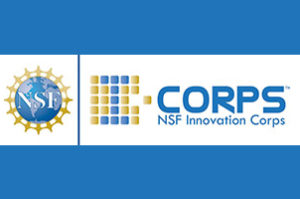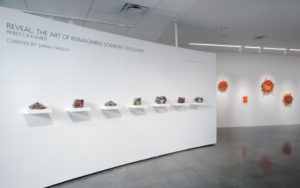
Dani S. Bassett, J. Peter Skirkanich Professor in the departments of Bioengineering and Electrical and Systems Engineering, has been elected a 2021 Fellow of the American Physical Society (APS) “for significant contributions to the network modeling of the human brain, including dynamical changes caused by evolution, learning, aging, and disease.”
The prestigious APS Fellowship Program signifies recognition by one’s professional peers. Each year, no more than one half of one percent of the APS membership is recognized with this distinct honor. Bassett’s election and groundbreaking work in biological physics and network science will be recognized through presentation of a certificate at the APS March Meeting.
Bassett is a pioneer in the field of network neuroscience, an emerging subfield which incorporates elements of mathematics, physics, biology and systems engineering to better understand how the overall shape of connections between individual neurons influences cognitive traits. They lead the Complex Systems lab which tackles problems at the intersection of science, engineering, and medicine using systems-level approaches, exploring fields such as curiosity, dynamic networks in neuroscience, and psychiatric disease.
Bassett recently collaborated with Penn artist-in-residence Rebecca Kamen and other scholars on an interdisciplinary art exhibit on the creative process in art and science at the Katzen Art Center at American University. They have also published research modeling different types of curiosity and exploring gender-based citation bias in neuroscience publishing.
“I’m thrilled and humbled to receive this honor from the American Physical Society,” says Bassett. “I am indebted to the many fantastic mentees, colleagues, and mentors that have made my time in science such an exciting adventure. Thank you.”
Read more stories about Bassett’s research here.







 A decade ago, the National Science Foundation started its Innovation Corps program to help translate academic research into the wider world. Functioning as a national start-up accelerator, I-Corps provides training and funding to researchers who have a vision for applying their ideas, starting businesses and maximizing social impact.
A decade ago, the National Science Foundation started its Innovation Corps program to help translate academic research into the wider world. Functioning as a national start-up accelerator, I-Corps provides training and funding to researchers who have a vision for applying their ideas, starting businesses and maximizing social impact. 


